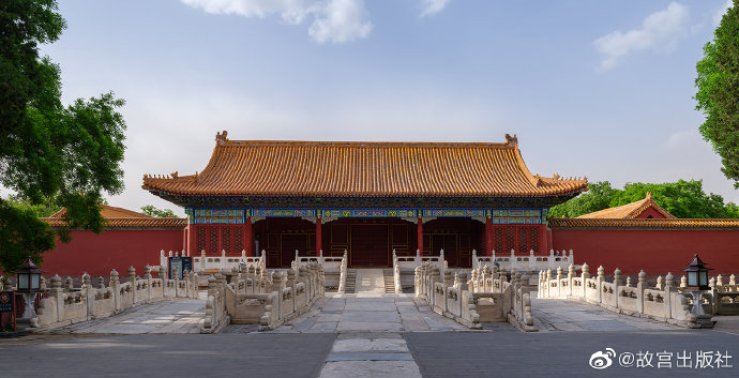During the March 2021 the Forbidden City Palace Museum- China- People’s Republic of China, Beijing issued an Announcement on the reopening of the Ruyi Exhibition in the Collection.. in which According to the progress of the adjustment of the exhibition hall of the Palace Museum, the Shenwumen exhibition hall “Auspicious Ruyi——The Palace Museum Collection Ruyi Exhibition” will be reopened to the public from March 13, 2021 (Saturday), and the exhibition will last until May 9, 2021……..
The exhibition will be divided into morning and afternoon sessions (3,000 people in the morning and 2,000 people in the afternoon) in accordance with the principle of appointment, current limit, and peak shift. Visitors can make real-name reservations for ticket purchases through the online ticketing website of the Palace Museum (https://gugong.ktmtech.cn/). You need to check your health code, take your temperature, and swipe your ID card when you are admitted to the hospital. Please wear a mask and keep a safe distance when visiting the exhibition hall.
On 10th February 2021 Wednesday 2021 China- People’s Republic of China, Beijing- ushered in the first exhibition of 2021…… is that which is the first exhibition of the Palace Museum New Year ” #吉祥如意# -The Palace Museum Collection Ruyi Exhibition” officially opened today! 160 sets are carefully selected from more than 2,000 ruyi handles in the Palace Museum. They are divided into five units: jade Ruyi, bamboo and wood Ruyi, metal Ruyi, Jiujiu Ruyi and other materials Ruyi, which fully reflect the rich materials and beautiful shapes of Ruyi in the Ming and Qing Dynasties, Exquisite craftsmanship and many subjects. Wandering around in the exhibition hall, the room is full of wishful thinking; outside the exhibition hall, the Shenwu Gate overlooks the beautiful scenery and feels refreshed. This Spring Festival, come to the Forbidden City to see Ruyi and harvest a year of good luck! The exhibition will last until May 9. You must visit the online ticketing website of the Palace Museum….
故宫新年首展“#吉祥如意#——故宫博物院典藏如意展”今天正式开展!从故宫博物院藏2000多柄如意中精心挑选160件套,分玉石如意、竹木如意、金属如意、九九如意和其他材质如意等五个单元,全面反映明清时期如意的丰富材质、优美造型、精湛工艺和众多题材。展厅里逛一逛,满室如意目不暇接;展厅外,神武门上远眺美景,身心舒畅。这个春节,来故宫看如意,收获一年吉祥如意!展期至5月9日,参观本展览需在故宫博物院网络售票网站…
There are many sets of nine handles in the Qing Palace Ruyi, regardless of material, most of which are gifts for palace festivals and birthdays of emperors and queens. Nine is the most singular number. The ancients often used “nine” to indicate a large number, and it also means the sun to prosper, thus becoming a lucky number. “Nine-Nine” is the ultimate number, and a complete set of nine handles has the meaning of wishing longevity and heaven…..
Ruyi jade is rich in materials, including white jade, sapphire, jasper, black jade, jade, etc., occupying the mainstream position in the Qing Dynasty Ruyi production. Zhicao-shaped is a common pattern of jade ruyi. The ancients believed that Ganoderma lucidum is endowed with the aura of mountains and rivers, the essence of the universe, and has the meaning of longevity; the appearance of Zhicao also indicates the peace of the country and the people, and is a symbol of benevolent governance. In addition, there are many creative themes such as birthday celebrations and auspicious celebrations in the jade ruyi, which pray for peace and harmony with various beautiful meanings. The Ruyi in the picture is being exhibited in ” #吉祥如意# -Ruyi Exhibition from the Palace Museum Collection…
Imagines credit are of the Forbidden city –Imperial Palace –Beijing – China- People’s Republic of China























































